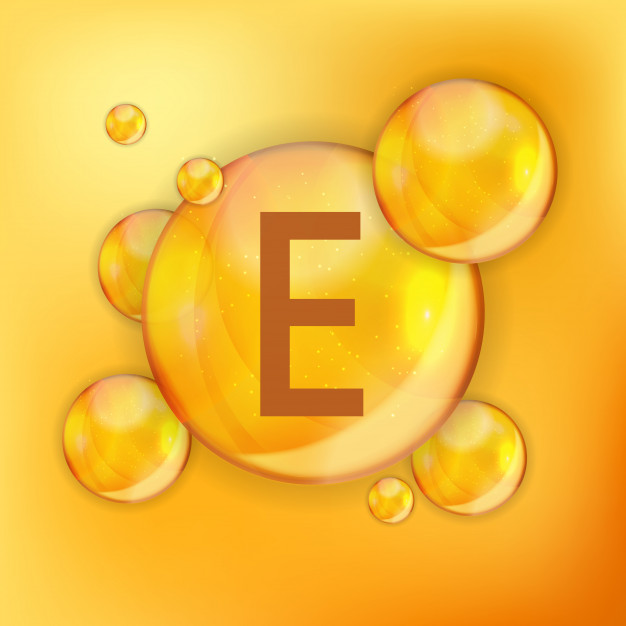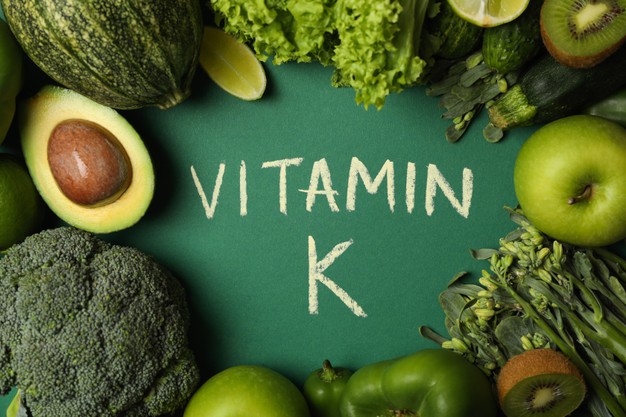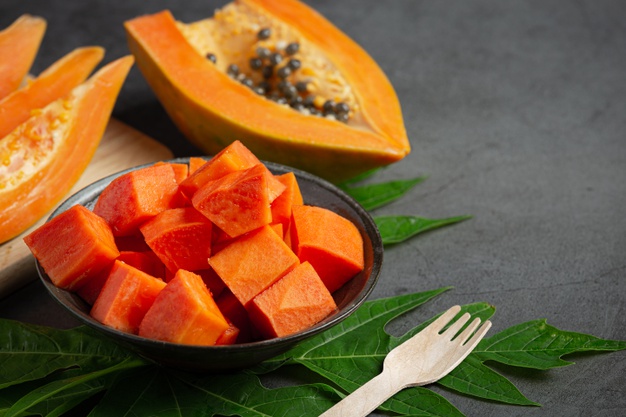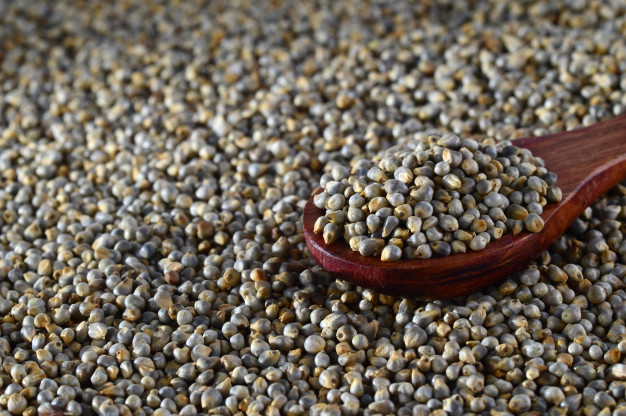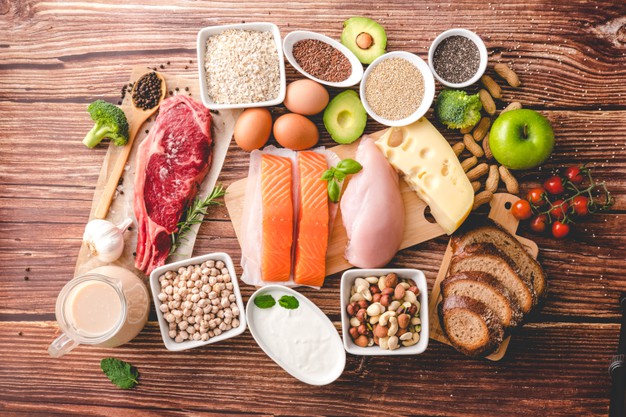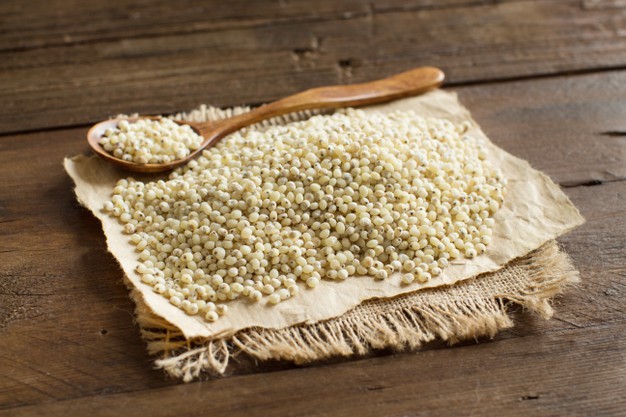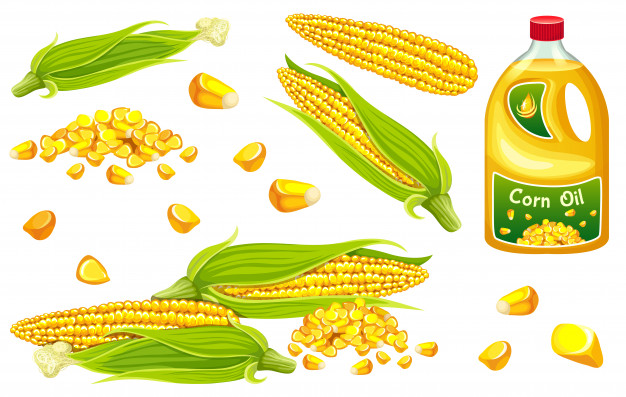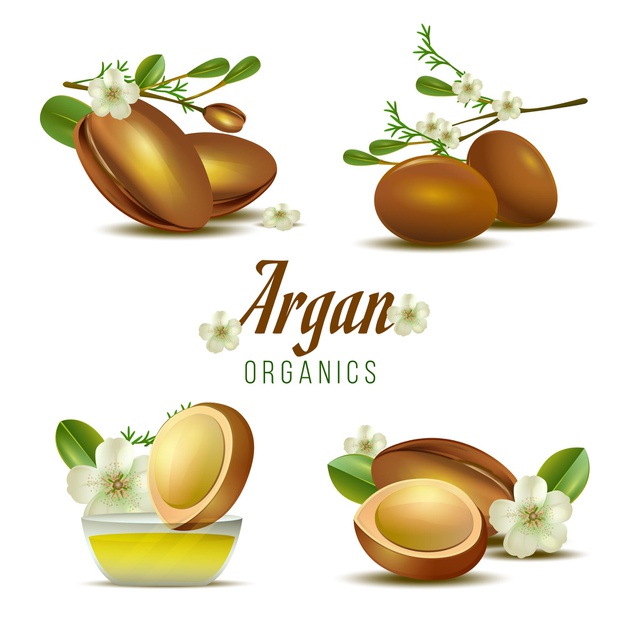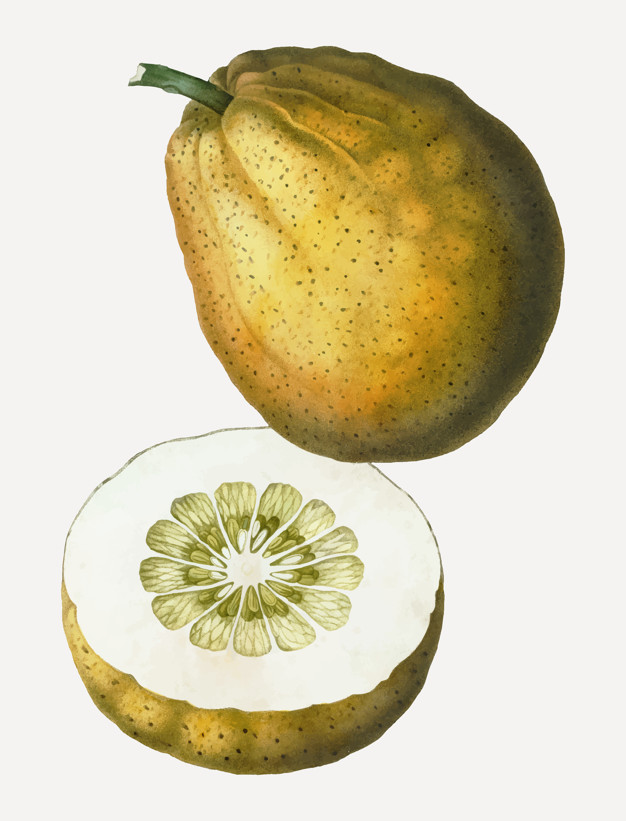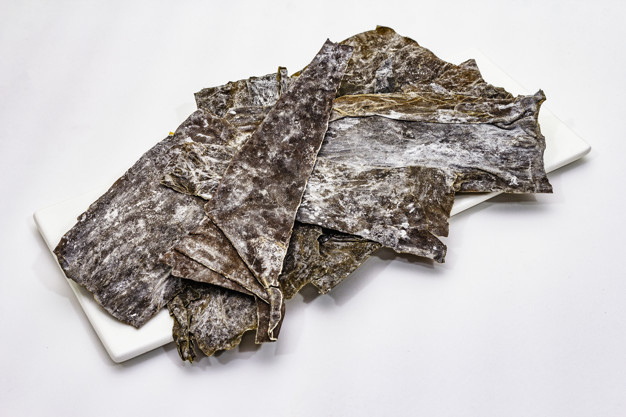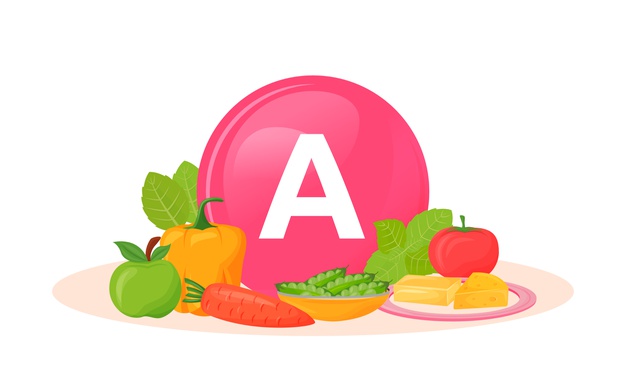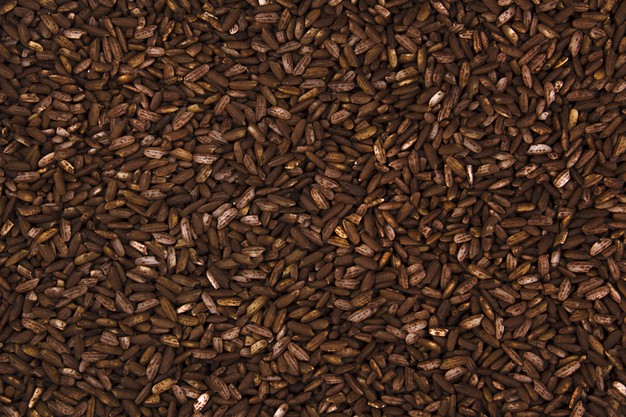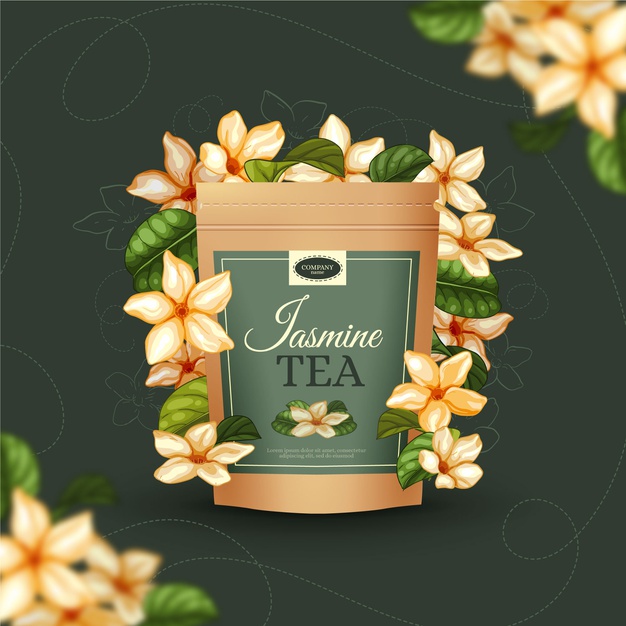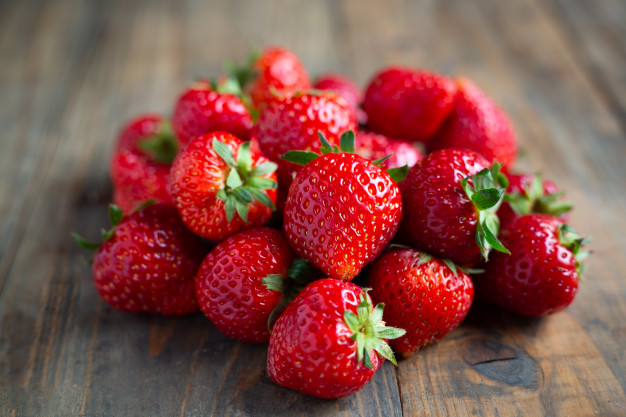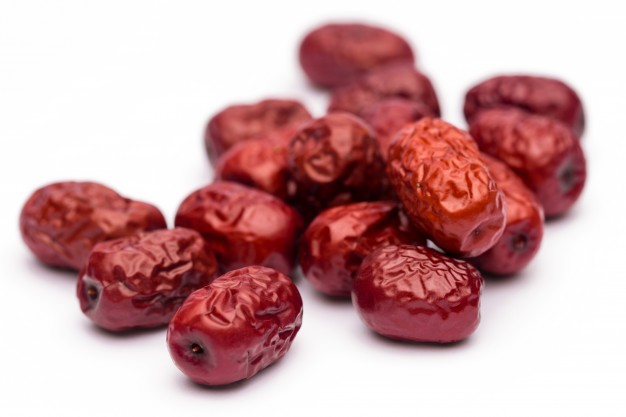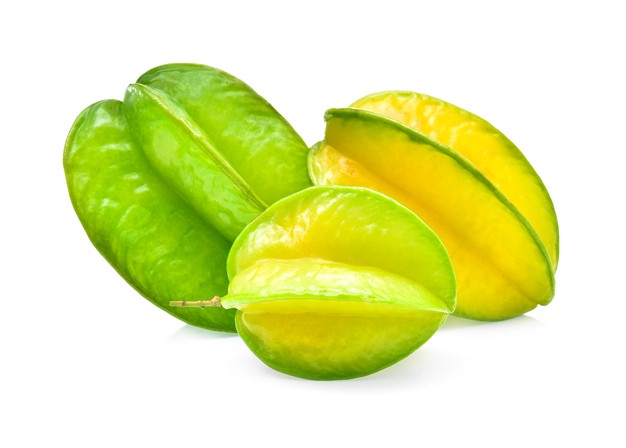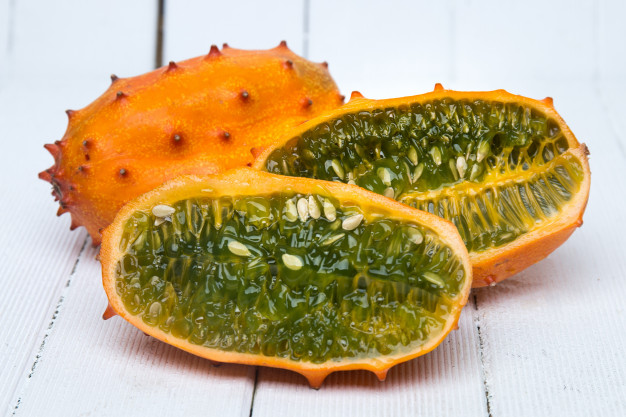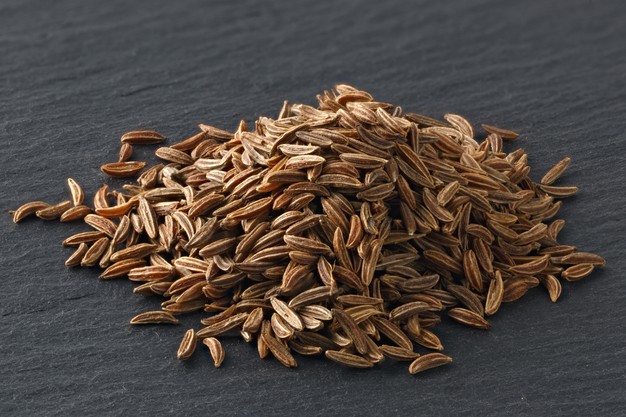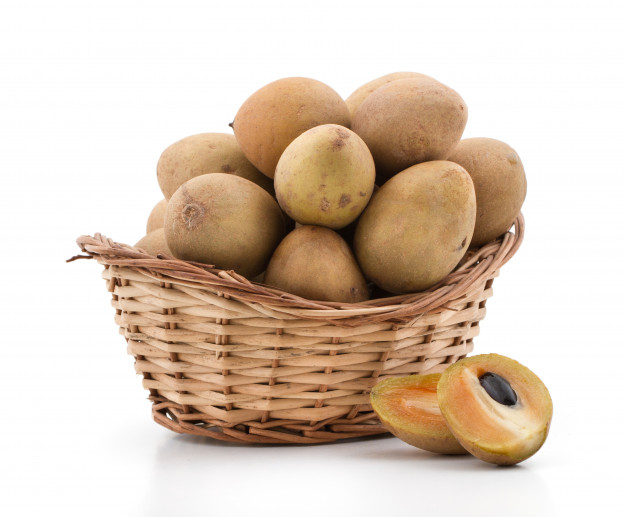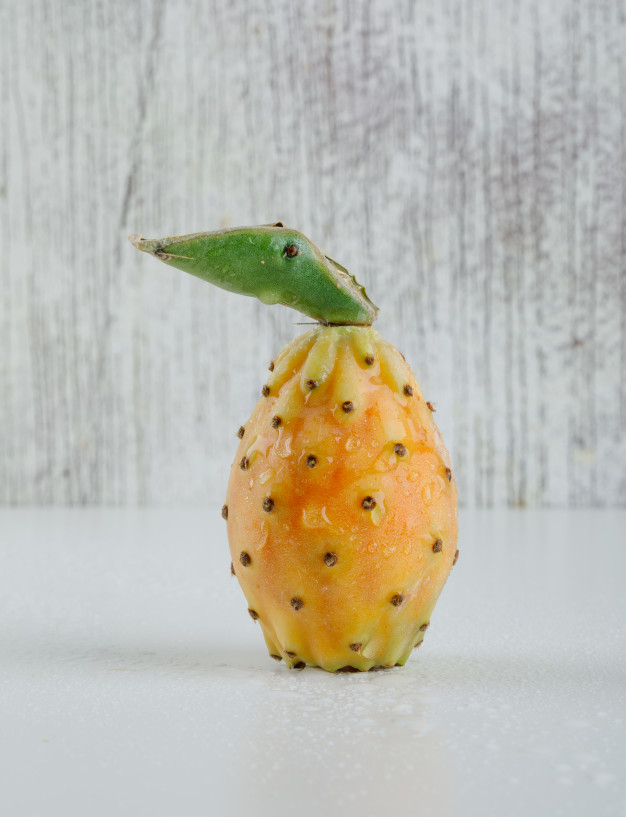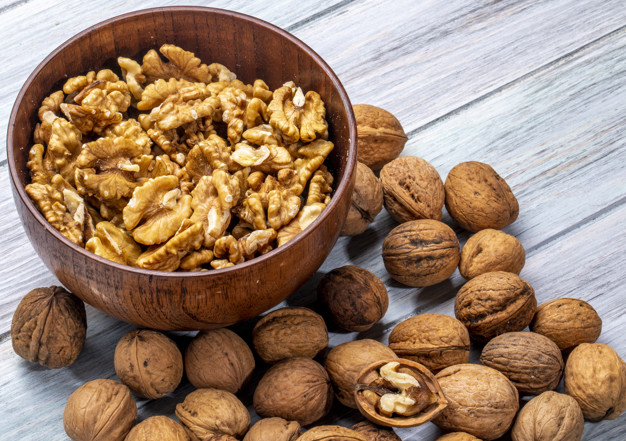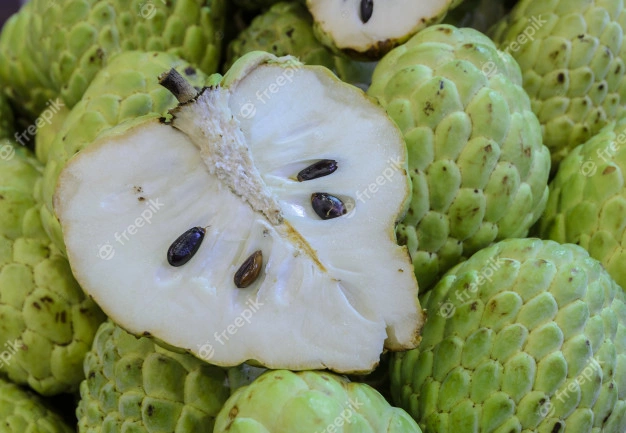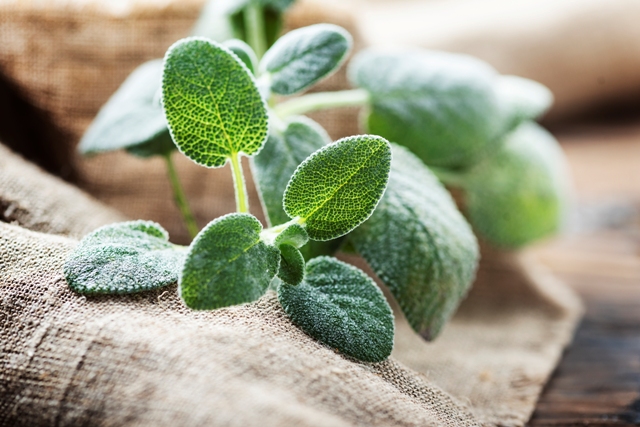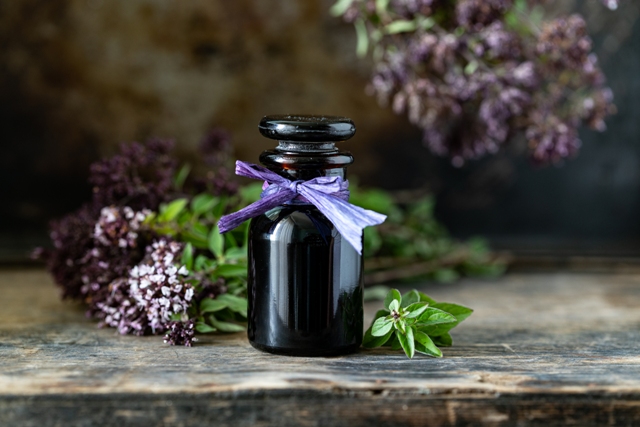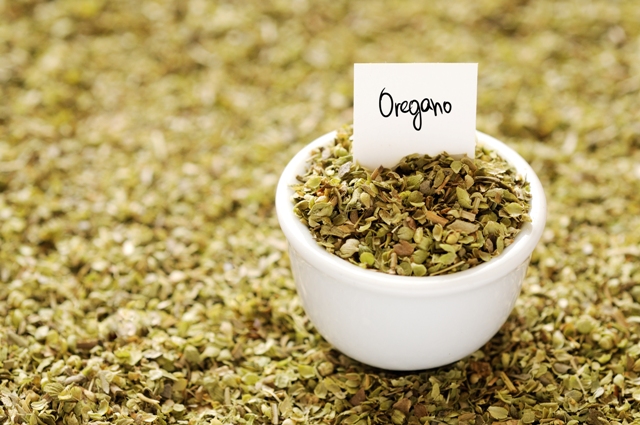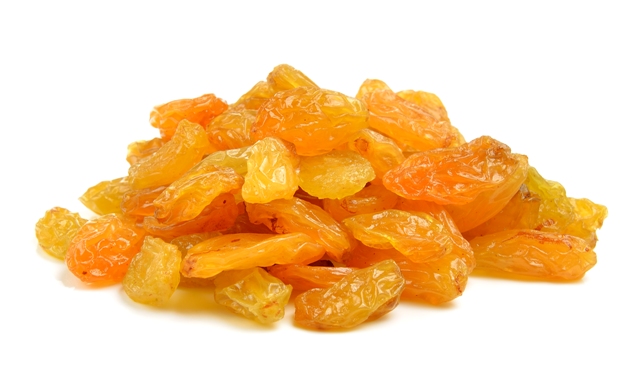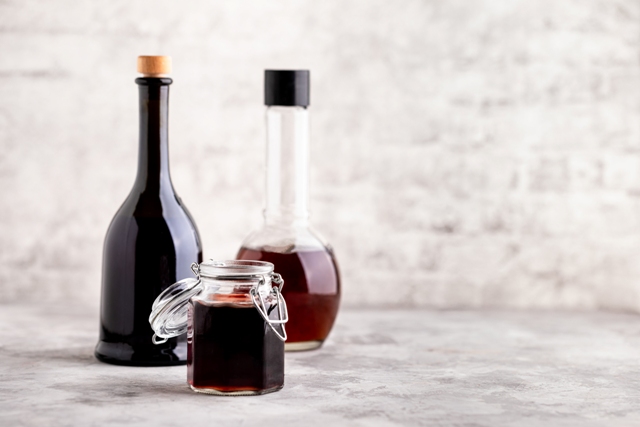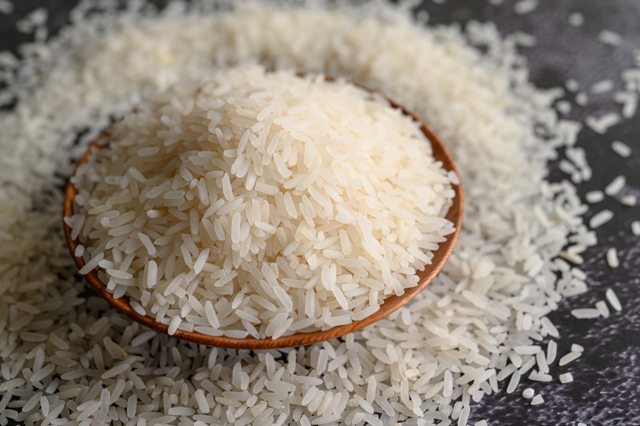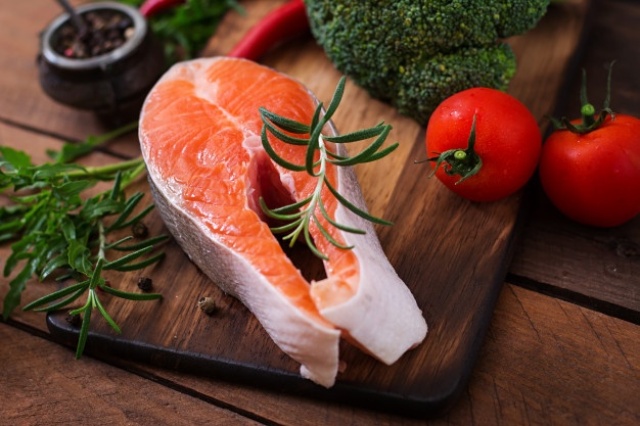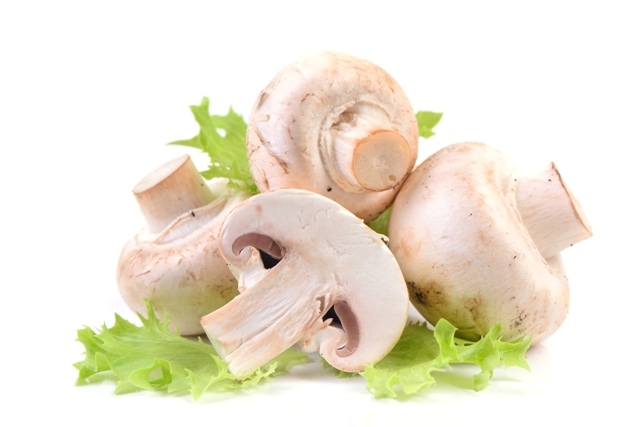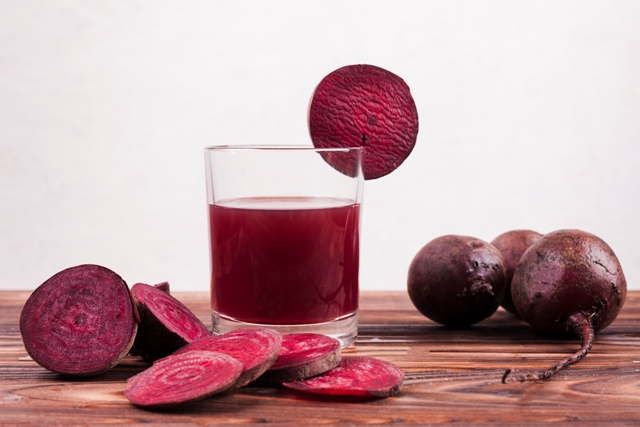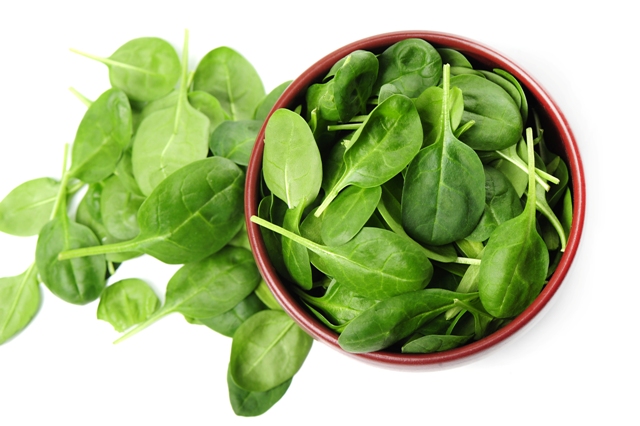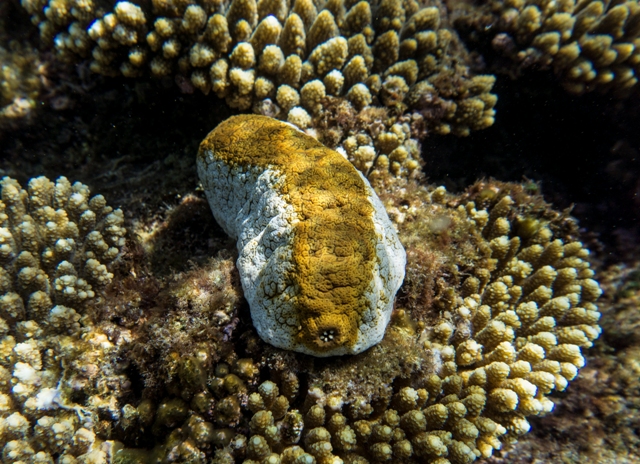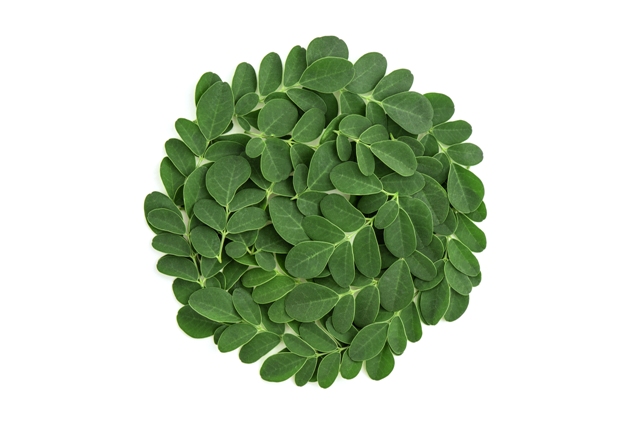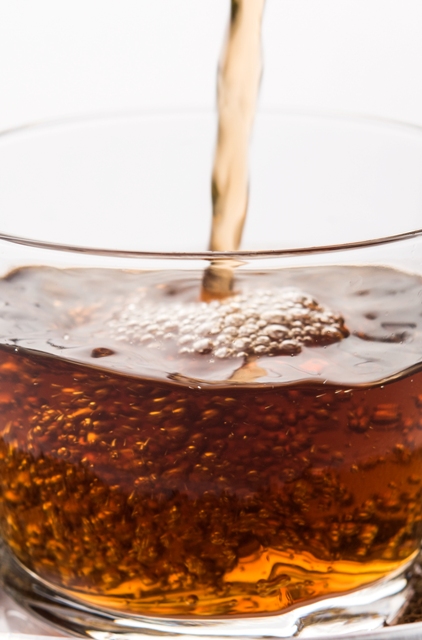Fat soluble vitamin, antioxidant activity, membrane antioxidant, anti-sterility vitamin
Description : Vitamin E, also known as tocopherol is an important naturally occurring antioxidant, which is
Article Details :
Vitamin E, also known as tocopherol is an important naturally occurring antioxidant, which is essentially required for normal reproduction thus it is known as anti-sterility vitamin. It also exerts various other health benefits.
Chemistry
- It is a biochemical compound, made up of tocotrienol and tocopherol group
- 8 vitamers of Vitamin E have identified such as α tocopherol, β tocopherol, ϒ tocopherol etc among which α tocopherol is considered as the most active form of Vitamin E
- Tocopherols are the derivatives of 6-hydroxy chromane ring, which have isoprenoid side chain
- It is lipophilic in nature
- Normal range of plasma tocopherol level is considered as less than 1 mg/dl
- It can be easily destroyed by alkali, UV radiation and oxidation
Source
Foods which are rich in Vitamin E are listed below –
- Almond
- Peanut
- Peanut butter
- Sunflower oil
- Soybean oil
- Safflower oil
- Beet
- Spinach
- Asparagus
- Red bell pepper
- Avocado
- Mango
- Sunflower seed
- Collard greens
- Cotton seed oil
- Corn oil
- Meat
- Milk
- Egg
- Wheat germ oil
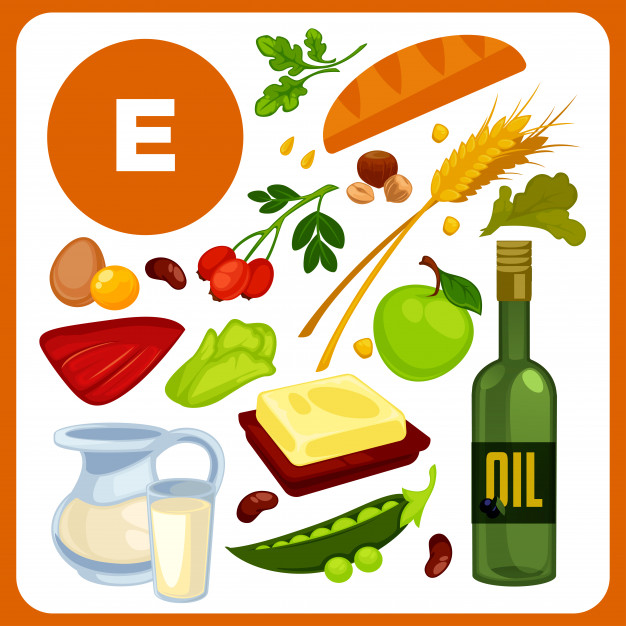
Absorption, storage and transport of Vitamin E
- Vitamin E requires fat and bile salt for its absorption
- It is generally absorbed in small intestine
- It is usually stored in adipose tissue, muscle and liver
- It has seen that Vitamin E within liver is incorporated into lipoproteins like LDL, VLDL, HDL and transported in these form
Recommended Dietary Allowance (RDA)
- Children of 1 to 3 years of age should consume 6mg of Vitamin E per day for fulfilling its requirement whereas children of 4 to 8 years should consume 7mg of Vitamin E per day and children of 9 to 13 years should consume 11mg of Vitamin E daily
- Daily intake of 15mg Vitamin E is recommended for adult female but during lactation phase the requirement should be increased up to 19mg per day for meeting the increased demand of the body
- Adult male should also consume 15mg of Vitamin E daily
- It has seen that the intake of Vitamin E is directly related with the intake of PUFA (poly unsaturated fatty acid), generally the requirement of Vitamin E increases with increased consumption of PUFA
Health benefits
Antioxidant activity
- It acts as potent antioxidant and helps to protect the body from oxidative damages
- It helps to prevent non enzymatic oxidation of various important cellular components of body generally caused by free radicals, superoxide, molecular oxygen and hydrogen peroxide
- It helps to protect PUFA from lipid peroxidation (peroxidation reaction)
- It plays vital role in maintaining the structure and integrity of cell membrane thus Vitamin E is also known as membrane antioxidant
Role on eye health
- Consumption of Vitamin E along with Vitamin C is very effective for improving the symptom of uveitis (swelling of eye)
- Individual undergoes laser eye surgery should consume Vitamin E with Vitamin A for improving vision and for accelerating the healing process
- It helps to reduce the prevalence of cataract as well
Role on nervous system
- It plays significant role in promoting the functionality of brain as it helps to protect brain cells from oxidative damages
- Consumption of Vitamin E is very effective for preventing ataxia, a condition, which affects the motor control adversely
- It also helps to improve the symptoms of Alzheimer’s disease
- It has seen that individual who consume adequate Vitamin E has lower risk of developing Parkinson’s disease
- It plays significant role in decreasing the severity of Huntington disease (a neurological disorders that affects thinking, emotion and movement) in early stage
Role on reproductive health
- It plays vital role in improving the efficiency of reproductive system and also helps to prevent infertility
- It helps to maintain and preserve the germinal epithelium of gonads, which are associated with enhancing reproductive functions
- It also helps to enhance cervical mucus, which ultimately helps the sperm to stay alive for a long period of time hence facilitates fertilization
- It helps to protect the sperm from oxidative damages and also promotes its function
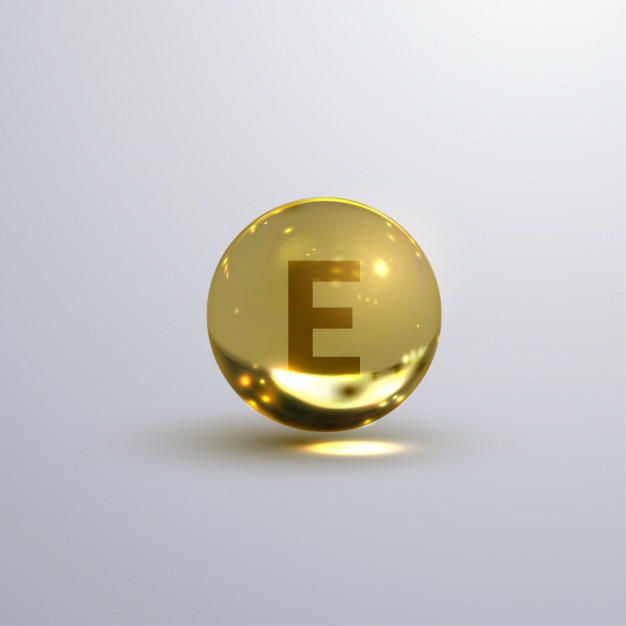
Role on preventing anemia
- Vitamin E is an important substance found in the membrane of RBC that Read more

